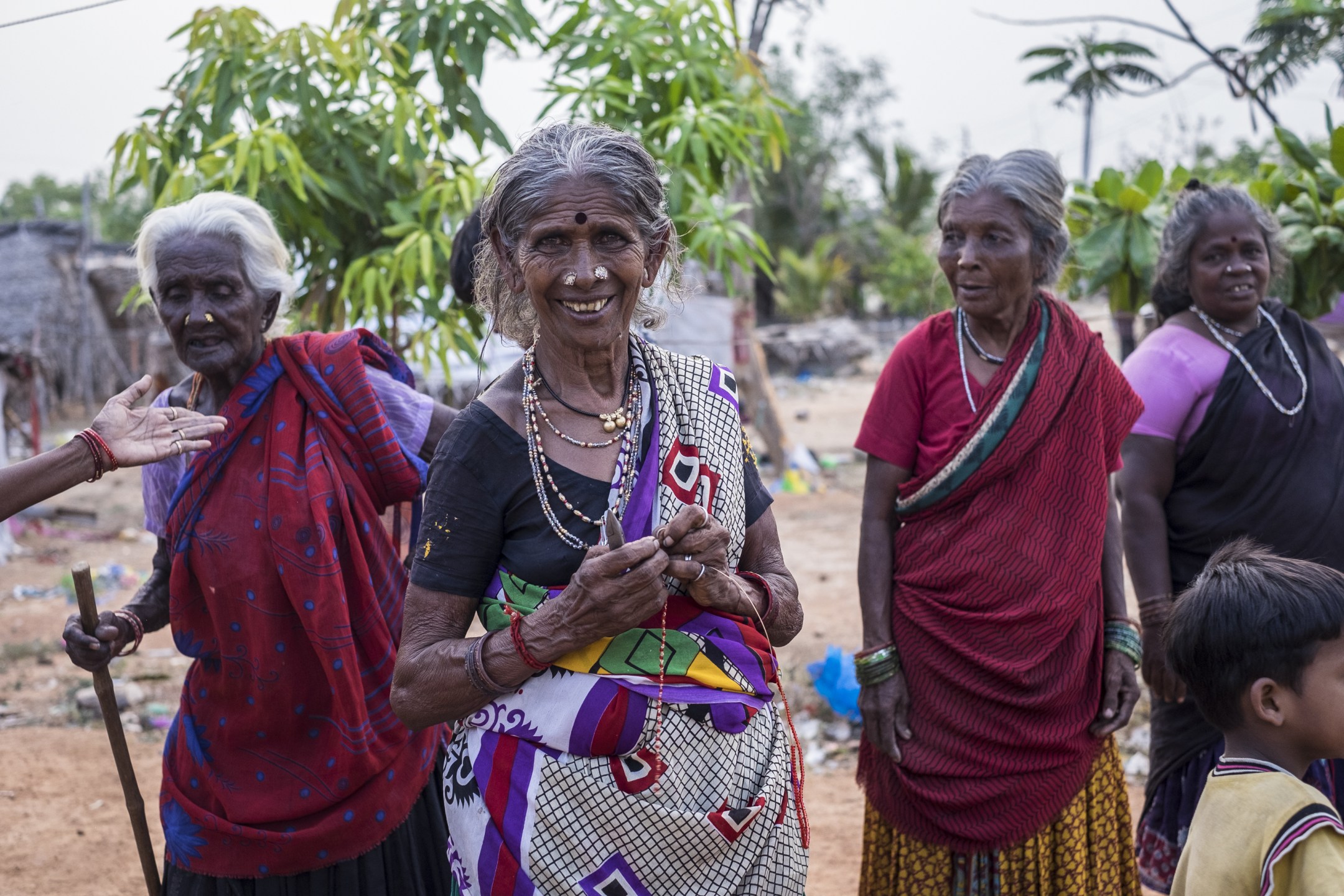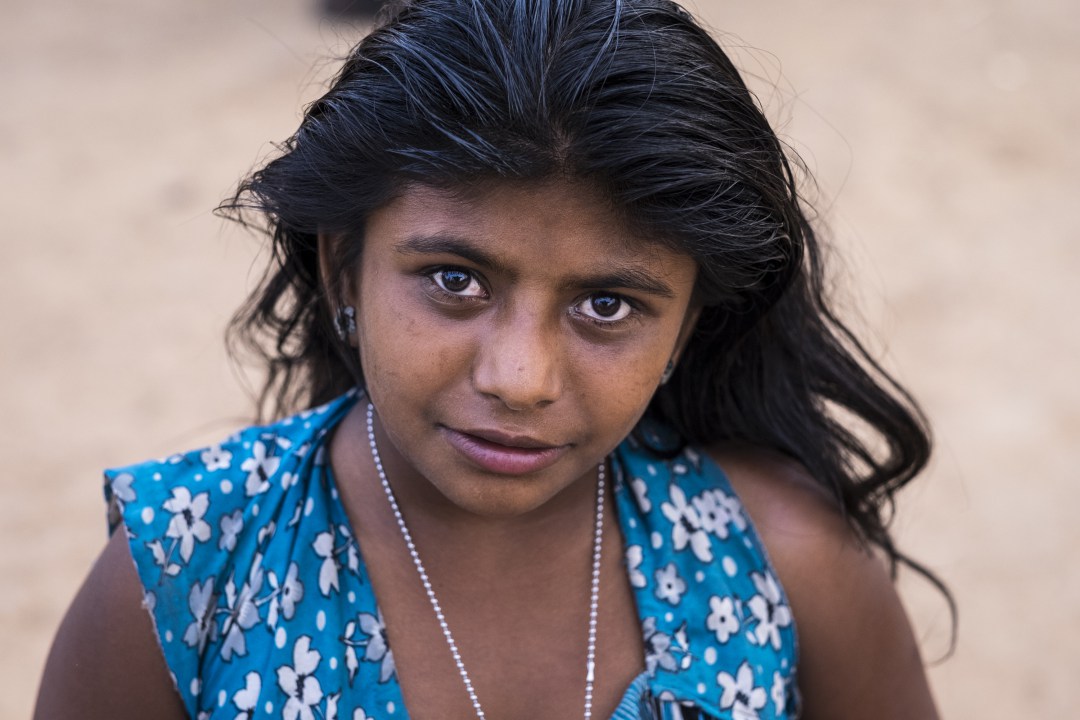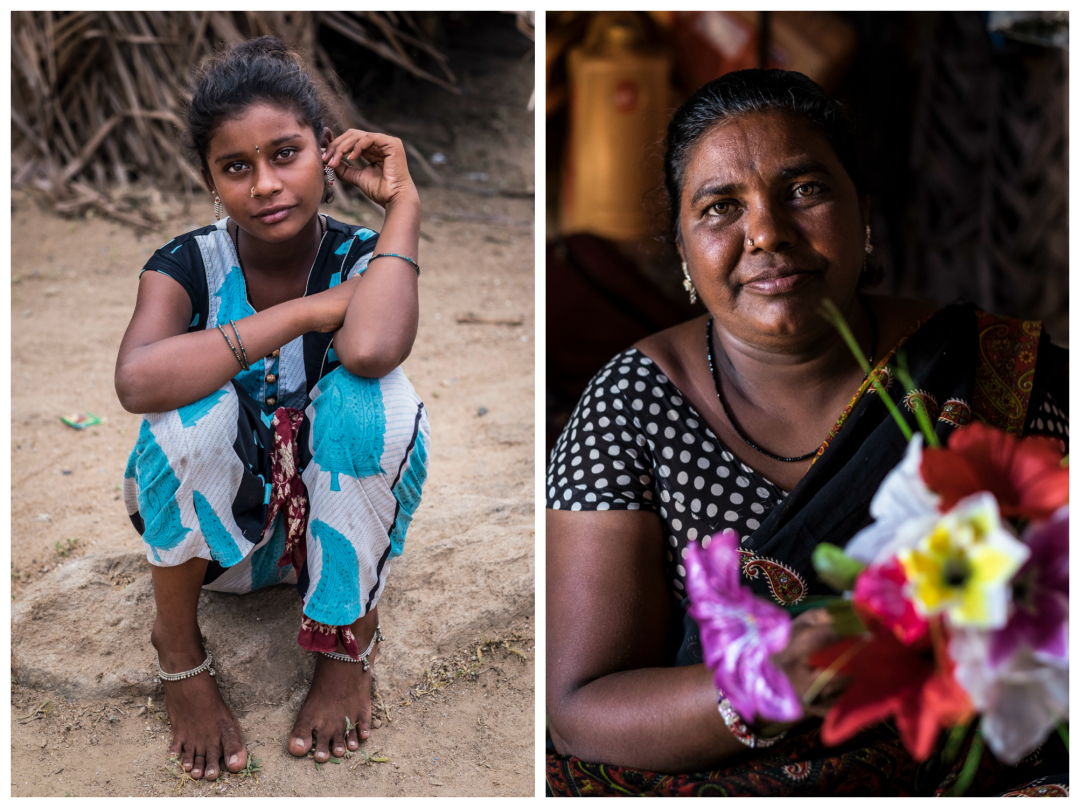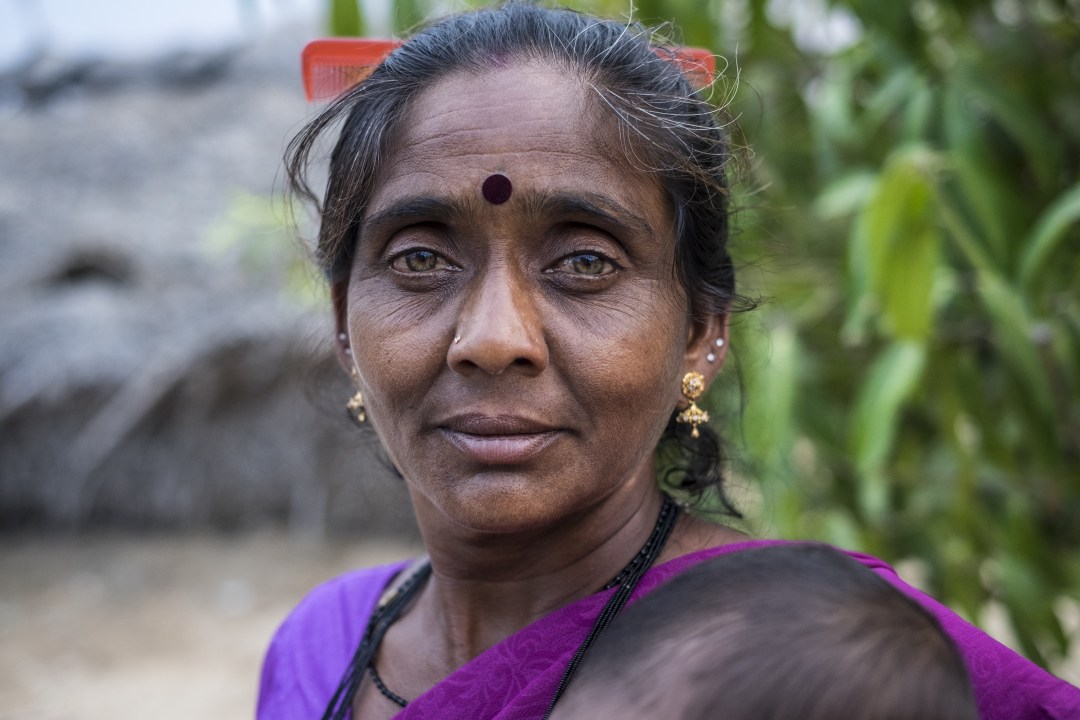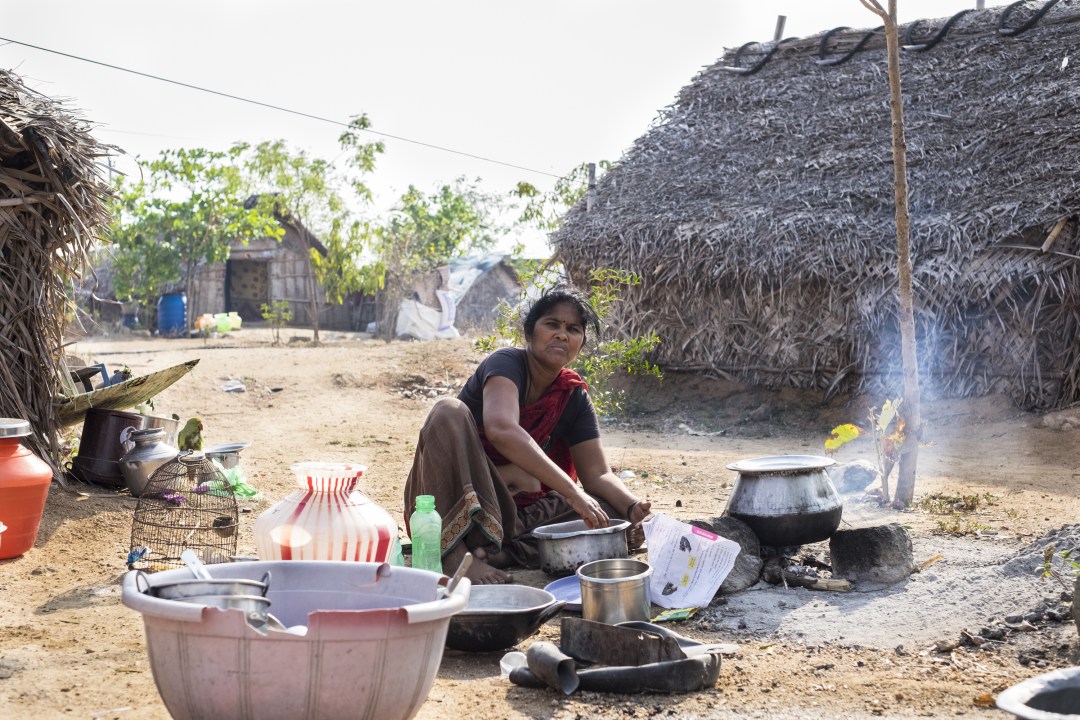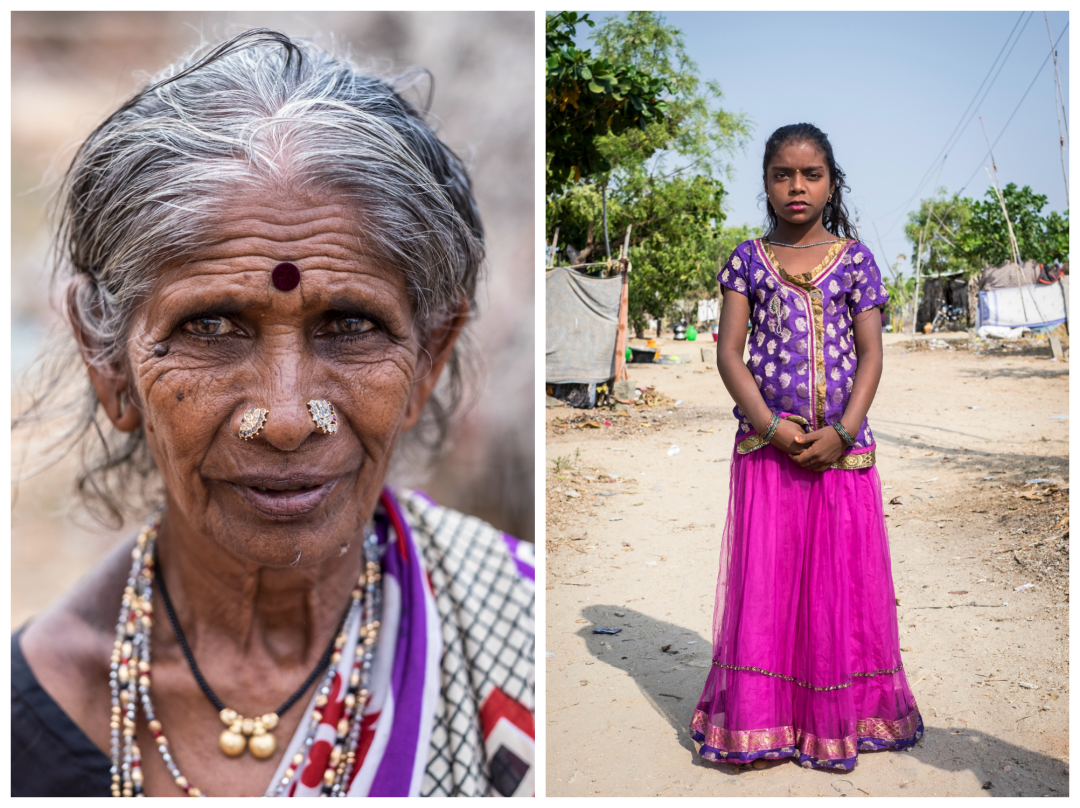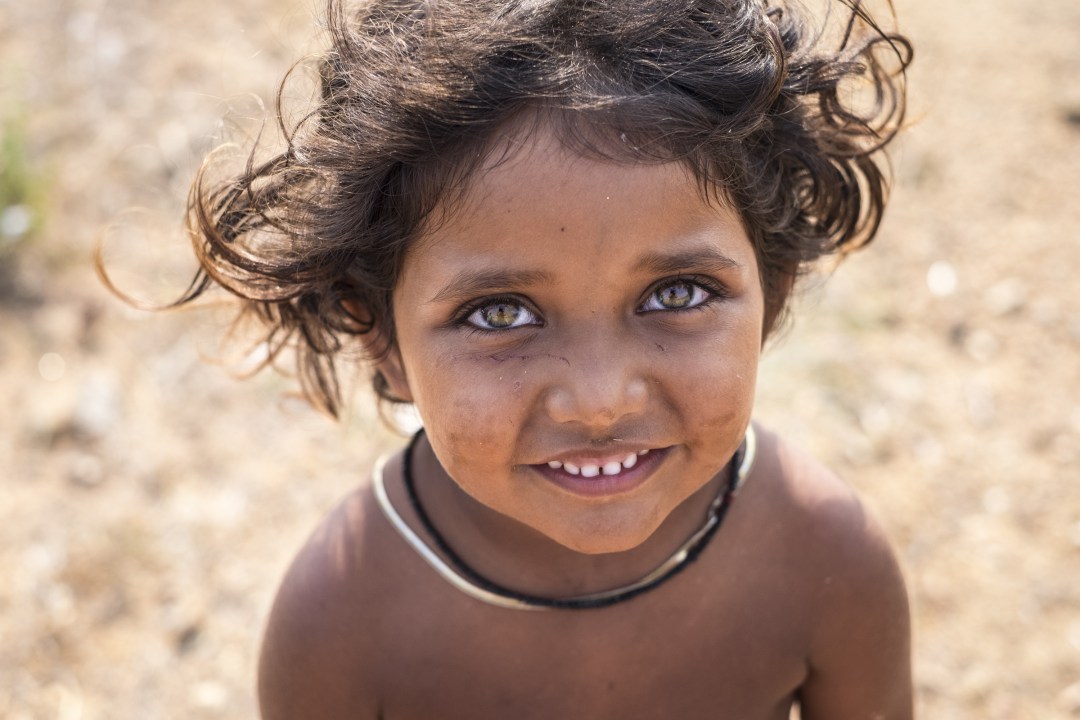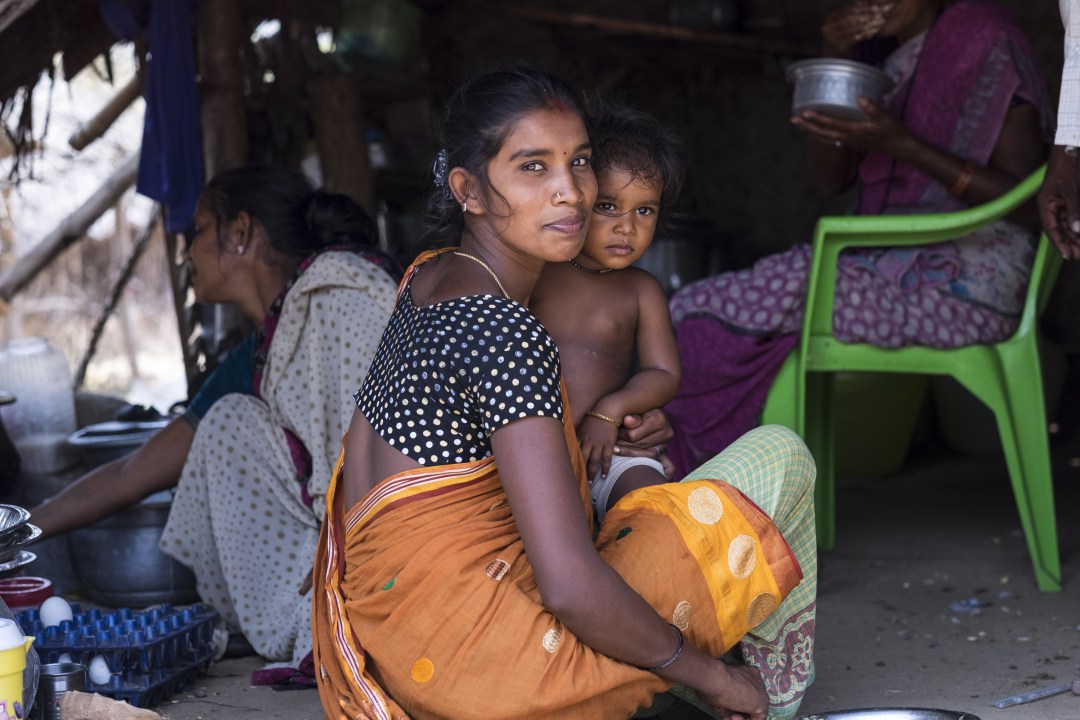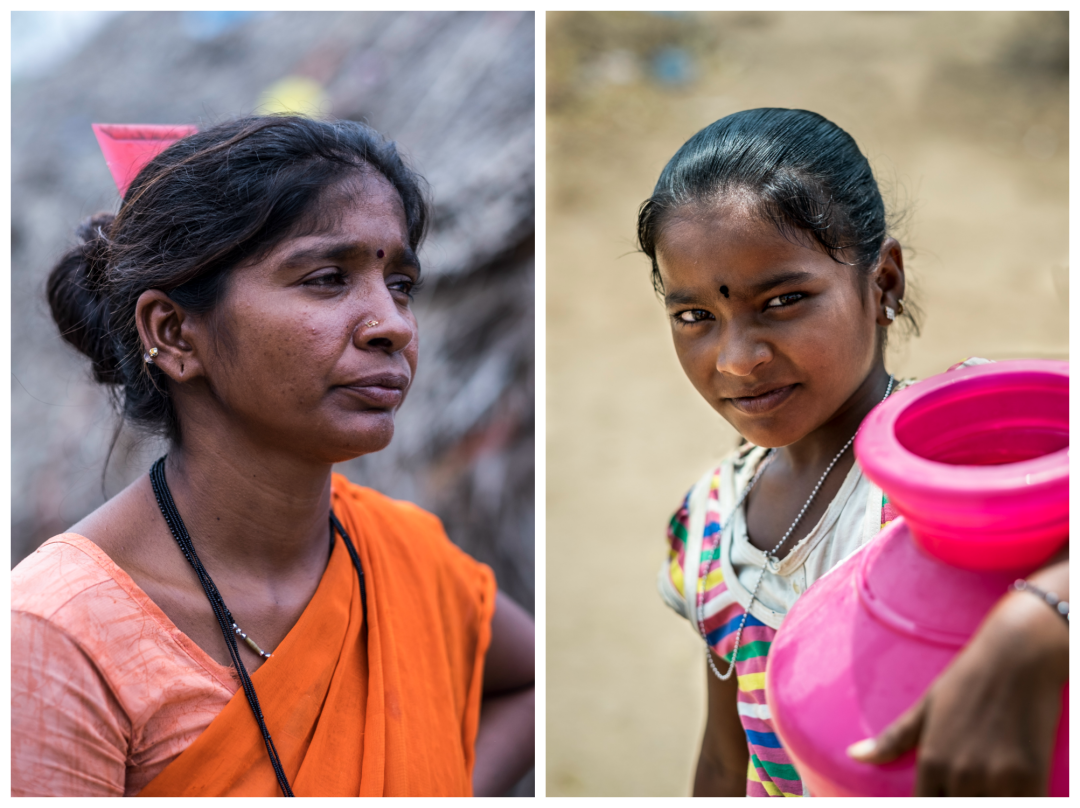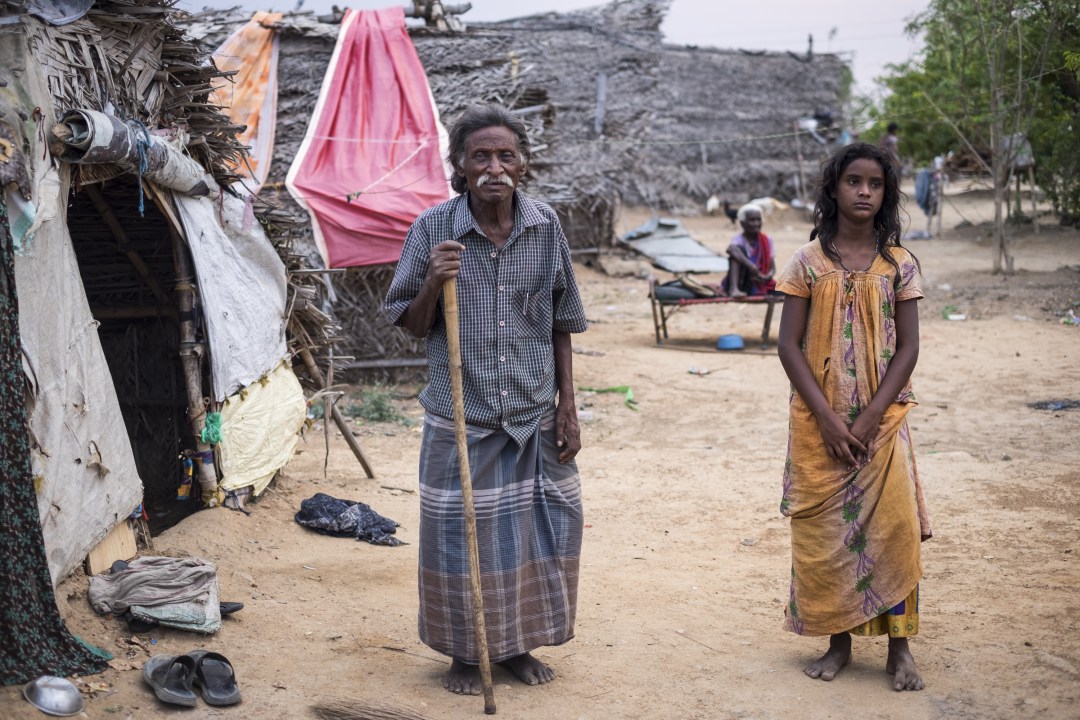With 1.2 billion citizens India is the second most populous country in the world, and while today’s India is governed by a parliamentary system, for more than three millennia, India’s massive population lived under a rigid caste system that forced many Indians into occupational roles with no hope of advancement. Though modern India has officially done away with castes, the old system’s influence is still felt, particularly among those formerly identified as “untouchables”.
According to Hindu texts, the caste system was brought to India by the creator god Brahma. The top caste was occupied by Brahmins, India’s priests and teachers. Next came Kshatriyas, who were warriors and rulers. Below them, Vaisyas made up the middle class of merchants and traders while Sudras were unskilled workers or peasants. Dalits were “untouchables,” outcasts who existed outside of the caste system entirely and were often relegated to undesirable tasks like street sweeping, toilet cleaning, and disposing of dead animals. A person’s surname identified to which caste they belonged., While one could never hope to ascend to a higher caste in a single lifetime, it was believed that through dedication to one’s Dharma, or caste-specific duty, one could earn a higher position in the next life.
In 1950, the caste system was abolished, creating new opportunities for social mobility and intermingling between India’s various social groups. India even elected a Dalit president, K.R. Narayanan, who served from 1997 until 2002. Tensions remain, however, as Dalits, still identifiable by their surnames, continually find themselves subject to discrimination, harassment, assaults, and rapes. Many attacks go unreported, and local police tend to show leniency to the attackers.
India’s caste system has been likened to South African apartheid or the Jim Crow laws, both of which required many years of legislation and social pressure to affect changes which could be embraced by the general populace—if they were ever fully embraced at all. As India wrestles with its own history of social stratification, the future of its Dalits remains unclear. But it is clear that Dalits, who make up a quarter of India’s population, are an integral part of Indian history, culture, and society, and they won’t be leaving any time soon. Greater equality could be vital to India’s overall health as a country.
JONATHAN ROBINSON is an intern at CATALYST. He is a travel enthusiast always adding new people, places, experiences to his story. He hopes to use writing as a means to connect with others like himself.



